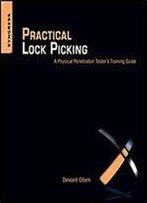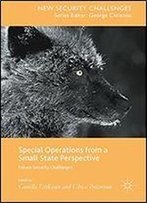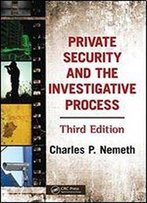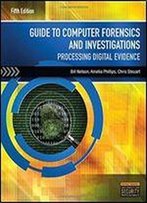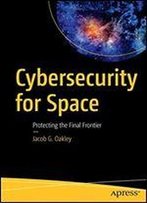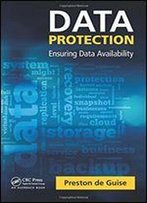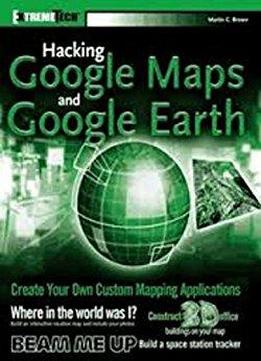
Hacking Google Map And Google Earth
2017 / English / PDF, EPUB
29 MB Download
A professional writer for more than six years, Martin C. Brown (MC) is the author of both the
Perl and Python Annotated Archives and Complete Reference books (all four Osborne/McGraw-
Hill), Microsoft IIS 6 Delta Guide (Sams Publishing), and 14 other published computing titles.
His expertise spans myriad development languages and platforms—Perl, Python, Java,
JavaScript, Basic, Pascal, Modula-2, C, C++, Rebol, Gawk, Shellscript, Windows, Solaris,
Linux, BeOS, Microsoft WP, Mac OS, and more—as well as web programming, systems
management, and integration. MC is a regular contributor to ServerWatch.com and IBM
developerWorks.
He is also a regular writer of white papers and how-to guides for Microsoft on subjects such as
migrating Solaris/Unix/Linux development and systems administration to Windows 2000 and
2003 Server product lines. He draws on a rich and varied background as a founding member of
a leading U.K. ISP, systems manager and IT consultant for an advertising agency and Internet
solutions group, technical specialist for an intercontinental ISP network, and database designer
and programmer—and as a self-confessed compulsive consumer of computing hardware and
software. In his formative pre-writing life, he spent 10 years designing and managing mixed
platform environments. As a result he has developed a rare talent of being able to convey the
benefits and intricacies of his subject with equal measures of enthusiasm, professionalism, in-
depth knowledge, and insight. MC is currently a member of the MySQL Documentation
Team.
Do you know where you are?
Do you know where you are going?
Could you find the nearest restaurant to your current location?
When you looked at your latest holiday photos, could you remember where you were?
It is just these sorts of questions that drove me to write this book. I’m interested in the answers
to all of these questions, and particularly in ways in which I can represent information about
my world, and the world we live in, in a way that relates that data to its location.
During the course of writing this book I visited New York (U.S.), Edinburgh (Scotland), and
Sorrento (Italy), in addition to many different places within a few miles of my home. In each
case, Google Maps and Google Earth could be used to record information about where I had
been, to look up information about where I was going, or simply to help me understand the
area I was visiting. All of these situations, and more, are documented and described within this
book.
Who This Book Is For
This book is aimed at both amateur and professional programmers who want to make use of
either Google Maps or Google Earth in their own applications. To get the best out of this
book, you should have some basic programming experience and ideally be familiar with
HTML and JavaScript. It would also be beneficial to have experience with scripting languages
(particularly Perl) and SQL databases, such as MySQL.
Managers and other interested parties might also find sections of the book useful, because it
can help them understand how the applications work and also provide background knowledge
on what Google Maps and Google Earth are capable of.
How This Book Is Organized
The book is divided into four basic parts:
Part I covers the basics of the Google Maps interface, the fundamentals of the Google Maps
API, and how to organize and translate existing information into a format that can successfully
be used within Google Maps and Google Earth applications. The section should get you up to
speed on the core techniques and abilities you need to work with the rest of the book.
